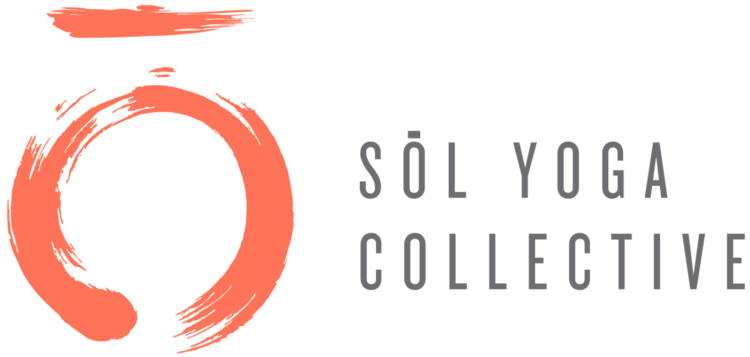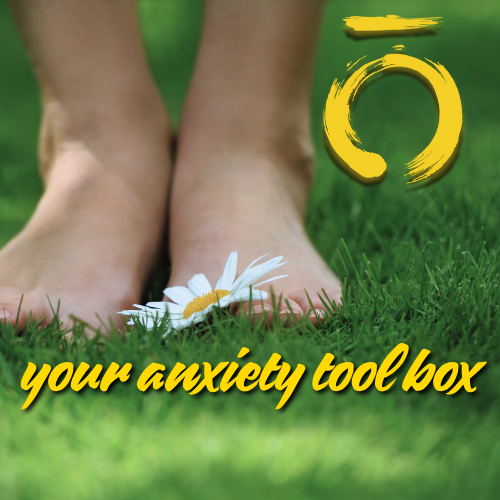It’s hard to imagine anyone living on Planet Earth who has not experienced anxiety at some time in their life. These days, many of us deal with cyclical and chronic anxiety. Whenever we feel afraid or anxious, our body releases the hormone cortisol, a key chemical in our flight-or-fight responses. Many years ago, our ancestors felt fear because their lives were threatened. Today, we don’t need to be in physical peril in order to feel the same terror, anxiety, and stress. That’s because our response to stress is biological, and even just feeling or thinking about our fears can trigger the release of cortisol.
Cortisol increases the sugar (or glucose) in our bloodstream. It also suppresses the digestive system, the reproductive system, and the body’s growth processes. That makes a certain amount of sense – if your life were in danger, you would need to shift into survival mode. But today, living in a constant or consistent state of stress can result in those same suppressions. Suppressing the digestive system can cause you to overeat and to store fat even if exercising regularly. Suppressing the reproductive system can alter your cycles and hinder conception.
But we cannot just tell ourselves not to feel anxious or afraid. It’s important for each of us to develop a toolbox of techniques that help us to face our fears, and diminish our stresses. This toolbox will be different for each of us and that alone can be an intimidating thought. We want to turn to professionals, to tell us what to do. We’re actually afraid of building our own toolboxes because we trust other people more than we trust ourselves.
But only you can fully understand what your triggers are, how you are likely to react, what your desired outcomes are, and what the best techniques will be to get you through each panic or stress attack. So let’s talk about how to build your own personal Toolbox – one that really works for you. This is a chance to be really intentional about finding solutions to your anxiety.
The first thing is to recognize what your triggers are. We suggest spending the first moments of savasana in your yoga practice to pay attention to your body and your emotions before drifting. This is great for any yoga class that winds you down, particularly our Yin Yoga class. Find something that offers you clarity in those moments leading into savasana, and add that to your Tool Box.
Some people might find anxiety kicking in after their energy has increased. You might feel really recharged after Warm Flow, only to experience a dopamine crash an hour or more later. You might need to stock your personal Tool Box with something grounding after Warm Flow. How about stepping outside, taking off your shoes, and just letting your toes sink into the grass for a few minutes, while (of course) hydrating?
If you’re in our Balanced Yogi class, which includes a lot of work on your core and spine, you might find your abdomen a bit sensitive or even experience some mid-back soreness. Your Tool Box might include some ginger tea, or a monthly massage.
We find that anxiety and stress is often lessened by knowing what to expect in the days ahead. While nobody has a crystal ball, we do know our schedules and what might occur based on the season, our work and social schedules, and our responsibilities. Go into your calendar and pencil in everything that you want to look forward to – not just the things you have to do. Add your favorite yoga classes, your date night with friends and loved ones, and that all-important ME time that you need to reconnect and remember that you have everything you need to face your fears, and the strength to overcome them.

